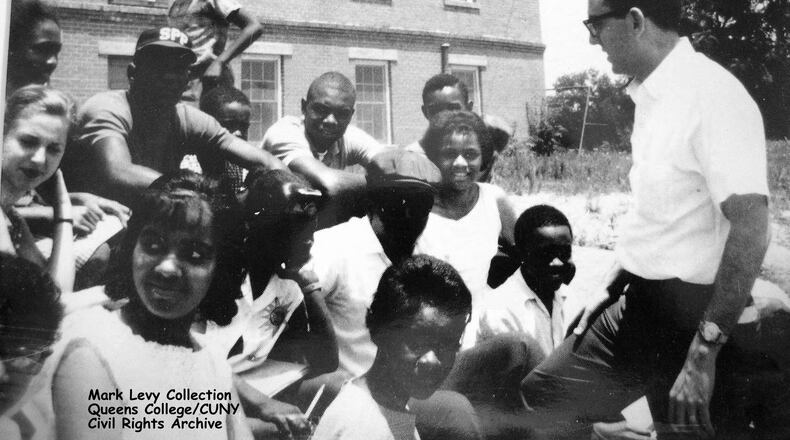Mt. Zion was chosen for its remembrance of the deaths of James Chaney, Andrew Goodman and Michael Schwerner, students who trained at the Western College for Women.
READ MORE: 5 things to know about Miami University’s unique role in the Civil Rights movement
In June 1964, Chaney, Goodman, and Schwerner were sent to the church after it had been set on fire. The students were reported as missing, and their bodies were discovered six weeks later.
June 21 marks the 55th anniversary of their murders. The story received national coverage, which led to the prosecution of Ku Klux Klan members.
The goal of Freedom Summer was to increase voter registration in Mississippi. In addition to African-American Mississippians, more than 1,000 out-of-state, and mostly white, volunteers were constantly harassed and abused by the state’s white population. The Ku Klux Klan, as well as police, state and local officials, were behind many of the violent attacks, including arson, assaults, false arrest and the murder of Schwerner, Chaney and Goodman.
Before heading to Mississippi, 800 volunteers trained from June 14-27, 1964 at the Western College for Women, which is now part of Miami University’s Western Campus, to help black citizens register to vote and to resist violence peacefully.
U.S. Rep. John Lewis of Georgia, a leader of the Freedom Summer’s movement to register African-American citizens to vote in the South, received the award last year.
SEE MORE: Photos: Freedom Summer 50 years later
Following the event, students and Director Randi Thomas from Miami’s Government Relations Network (GRN) will head to Birmingham, Ala., for the National Civil Rights Conference.
Members of the GRN and other Miamians will present at the conference, including members of the Truth and Reconciliation Initiative. The Initiative collected soil samples from lynching sites of Henry Corbin and Simon Garrett, both killed in Butler County during the late 1800s.
Dr. Anthony James and Dr. Valerie Robinson, who led the program, will also be presenting three papers on Truth and Recognition.
About the Author
